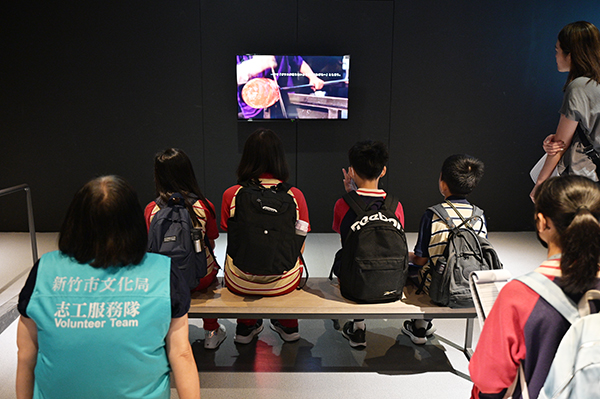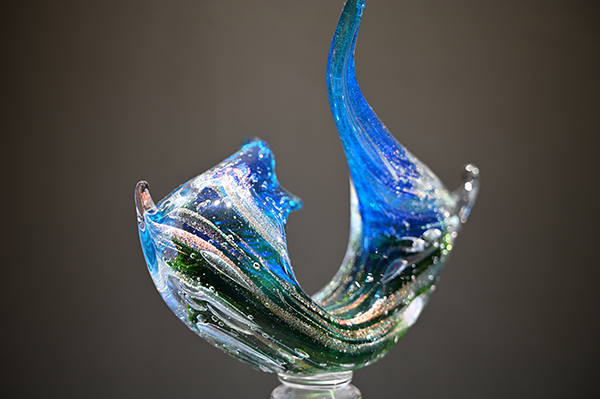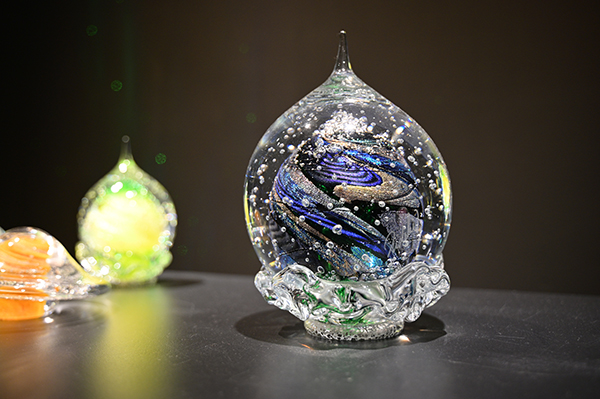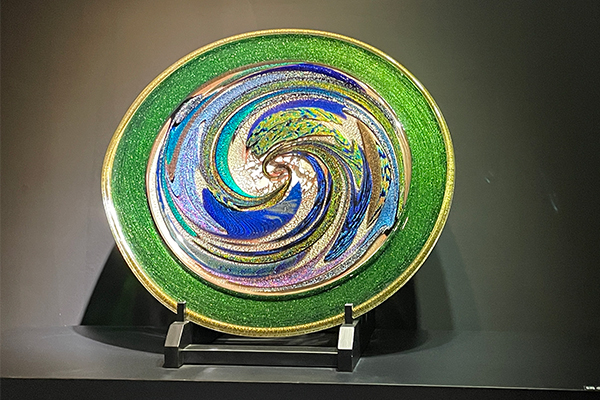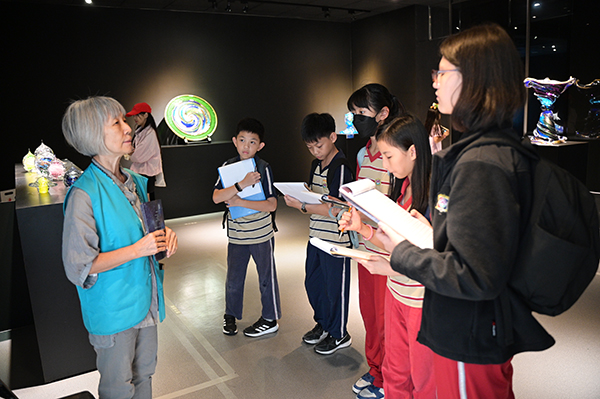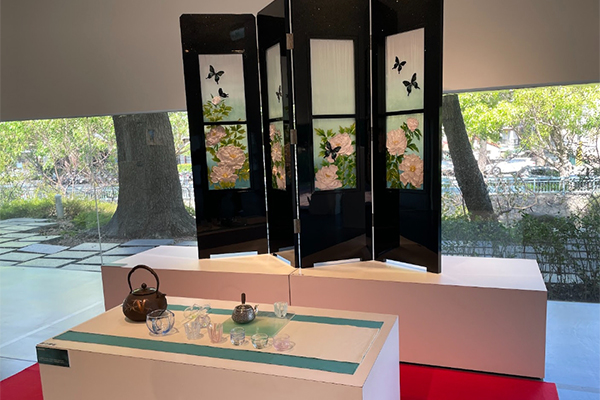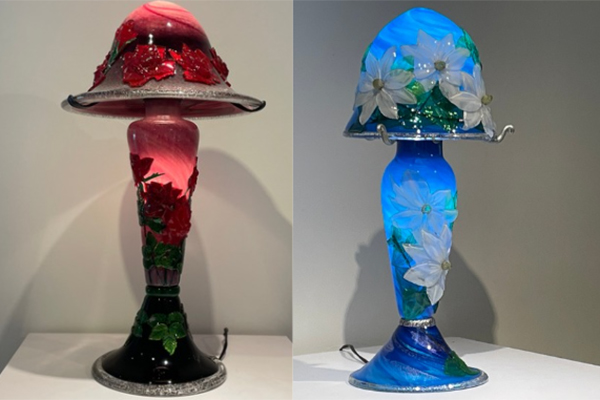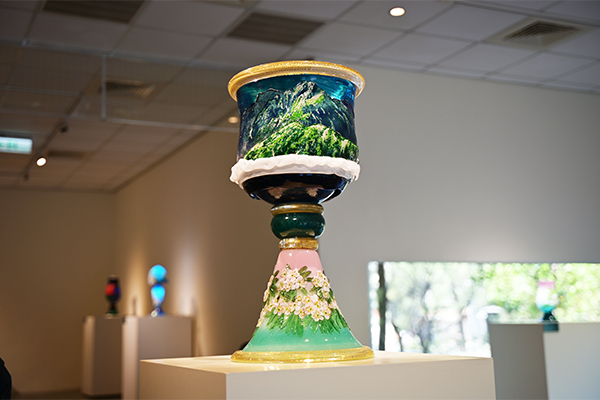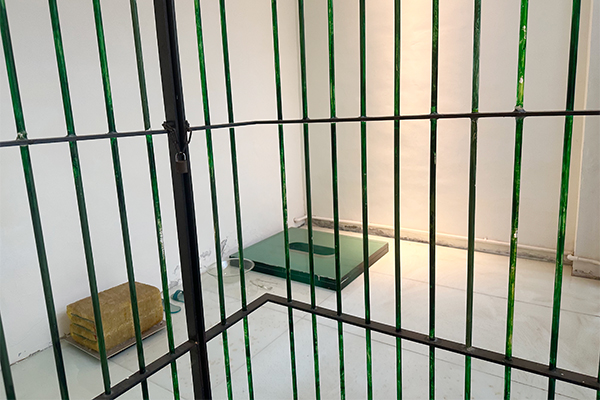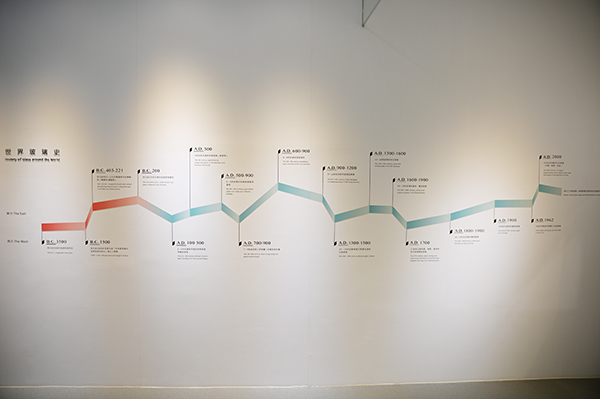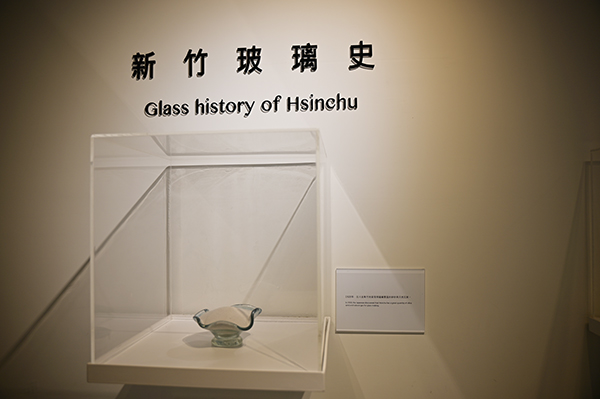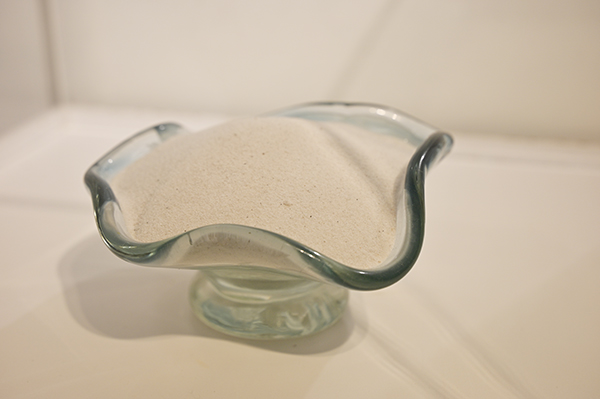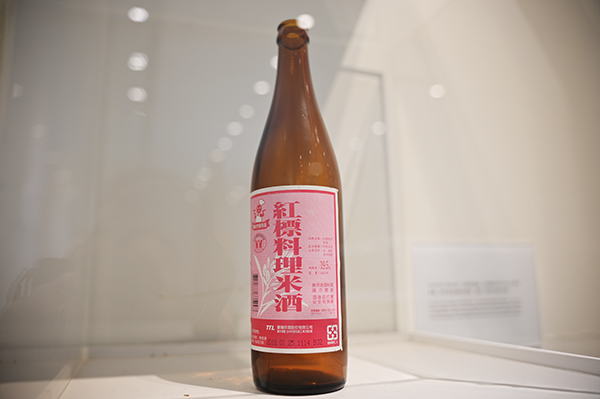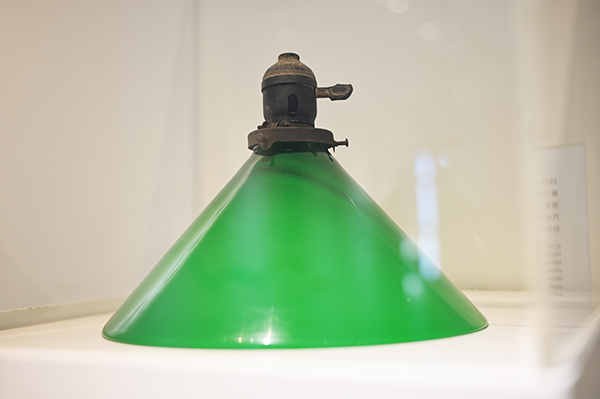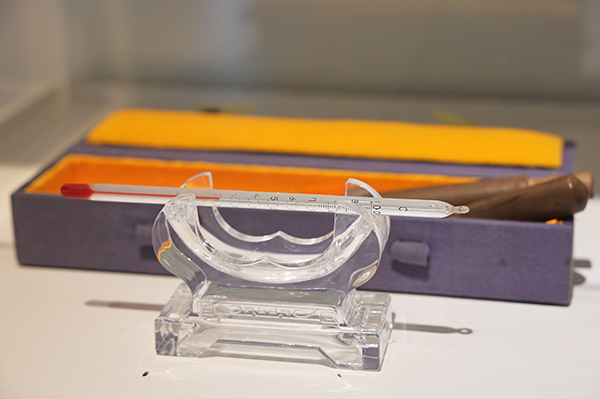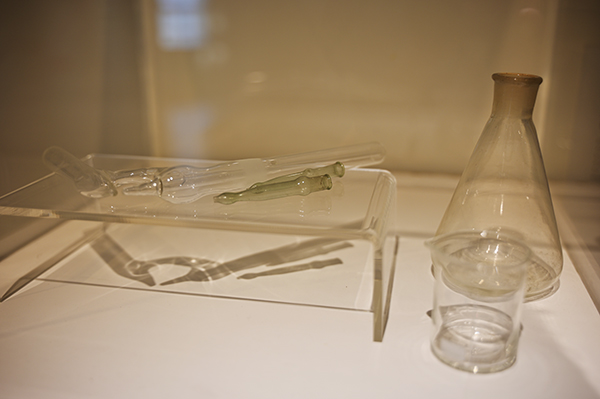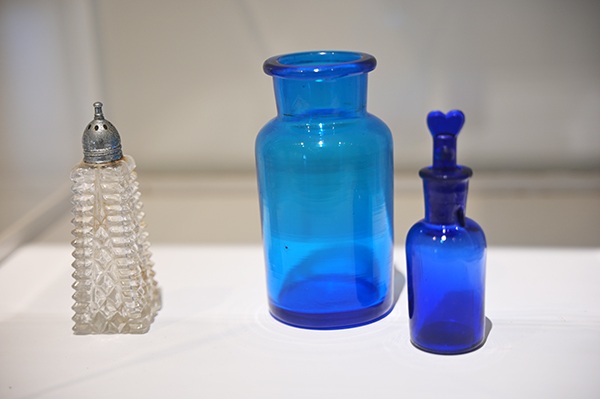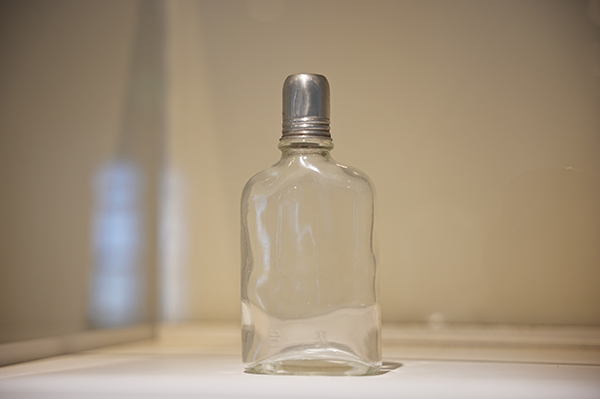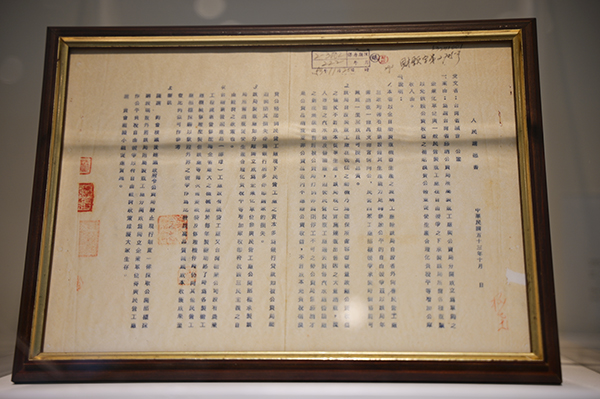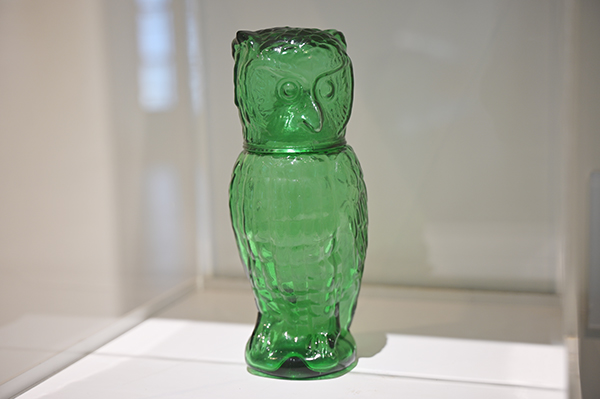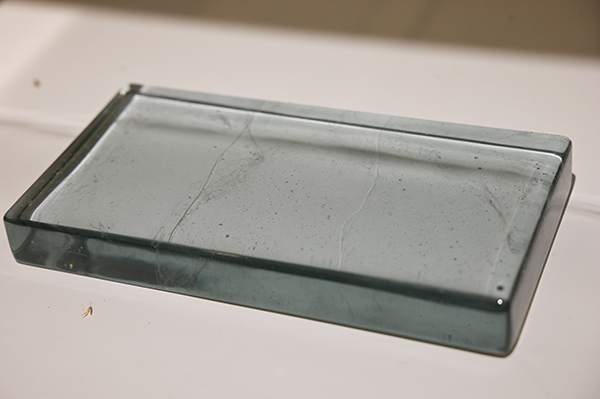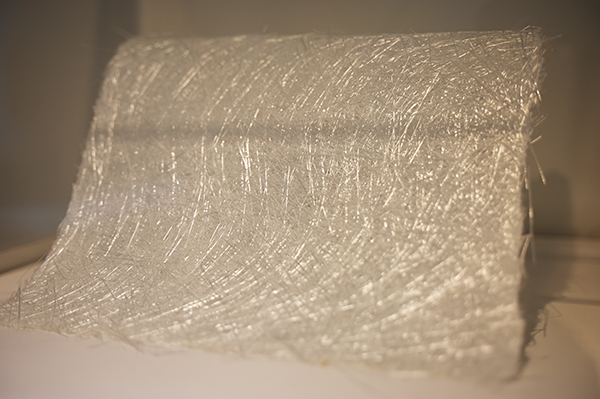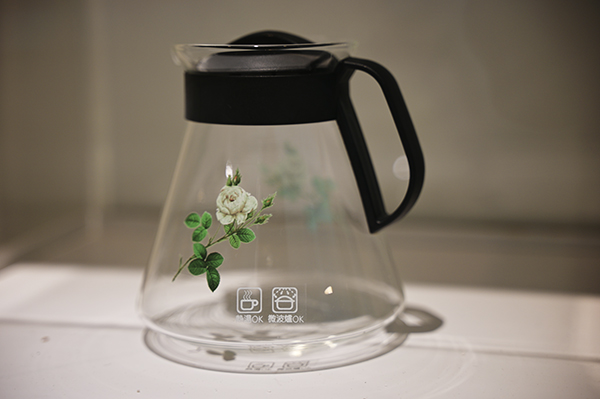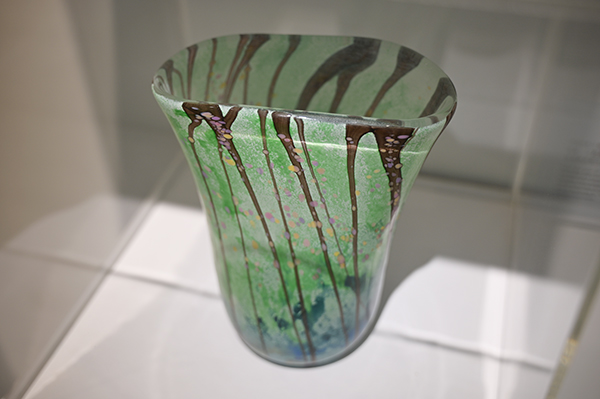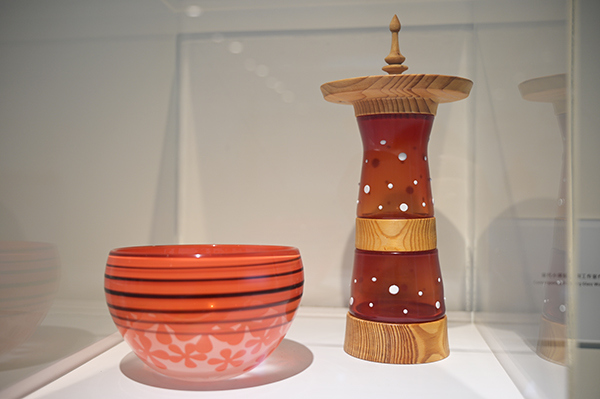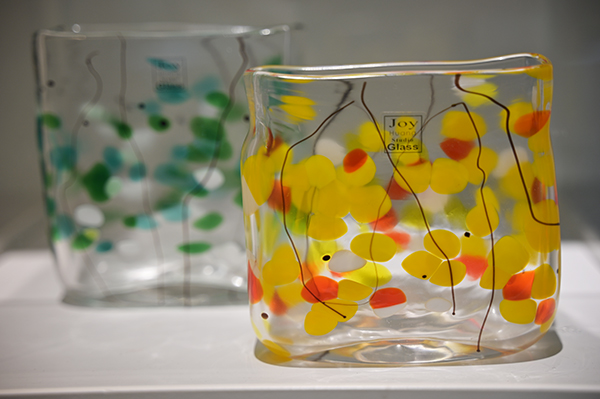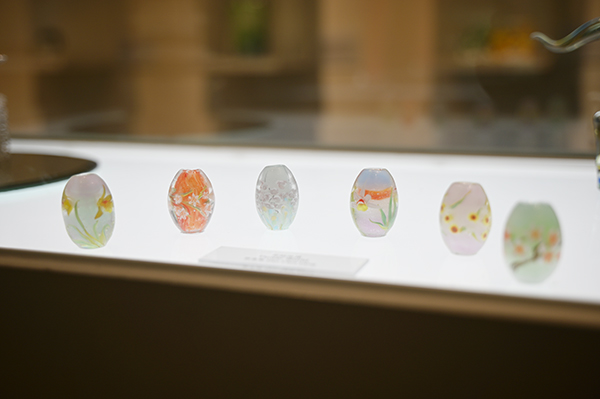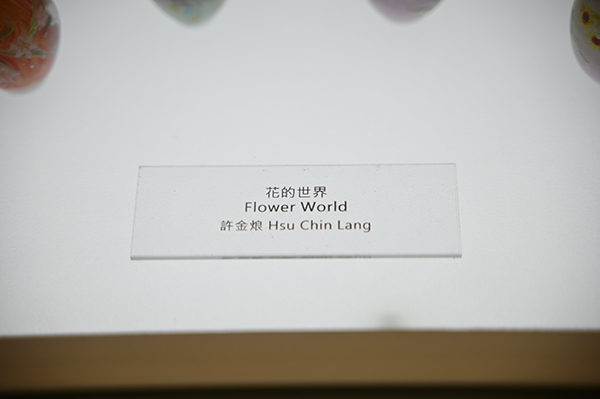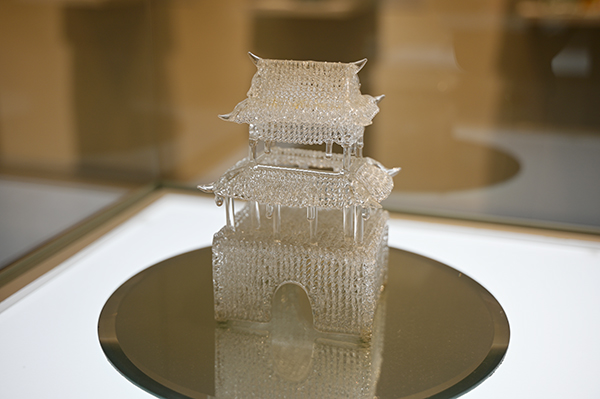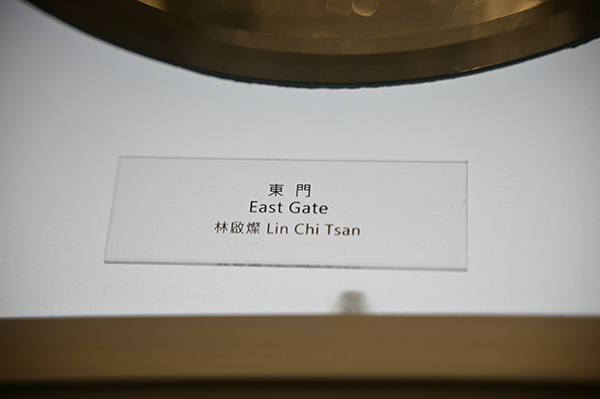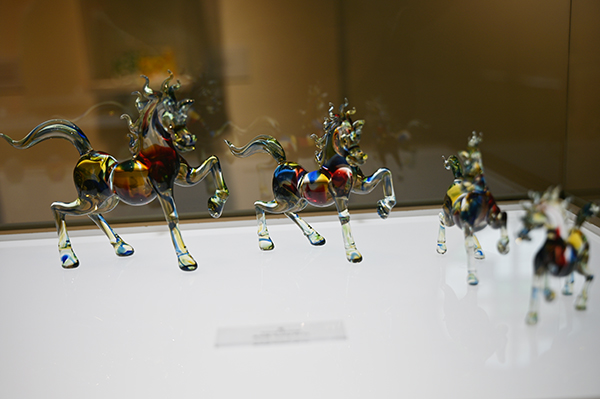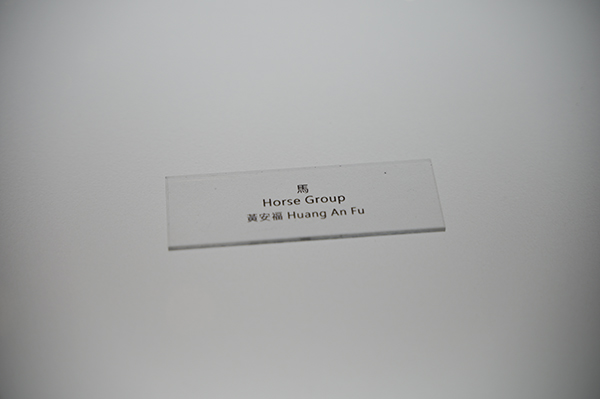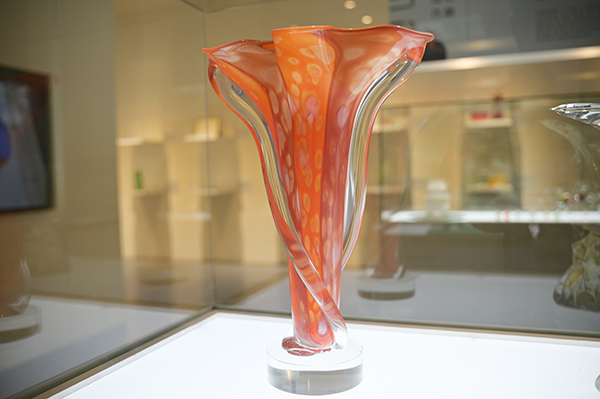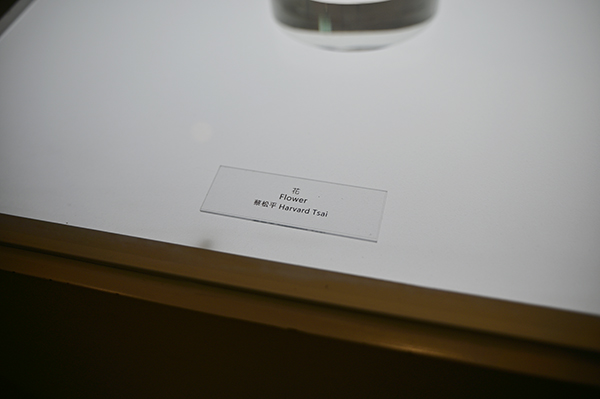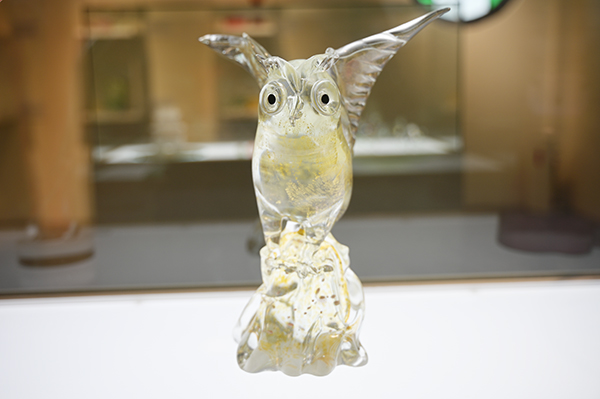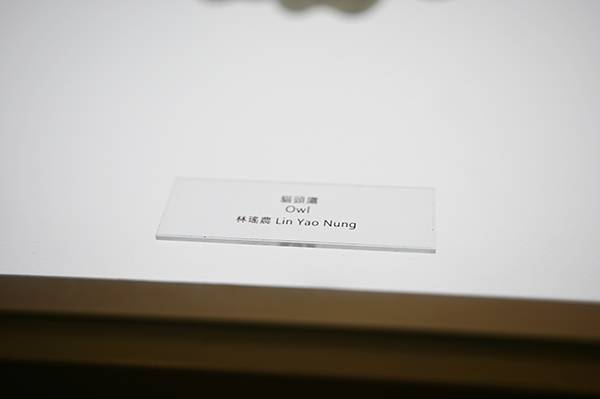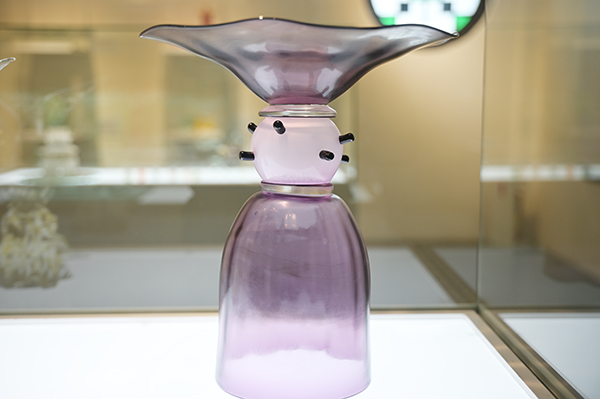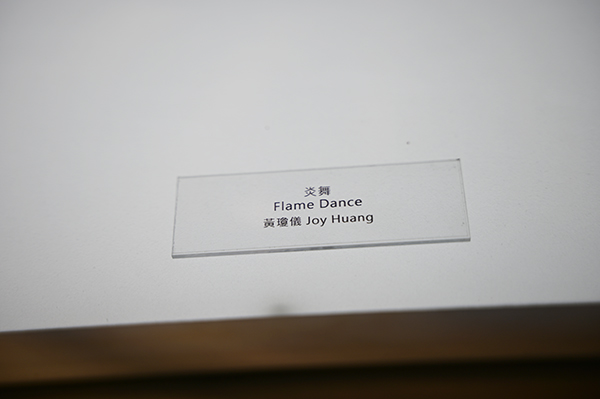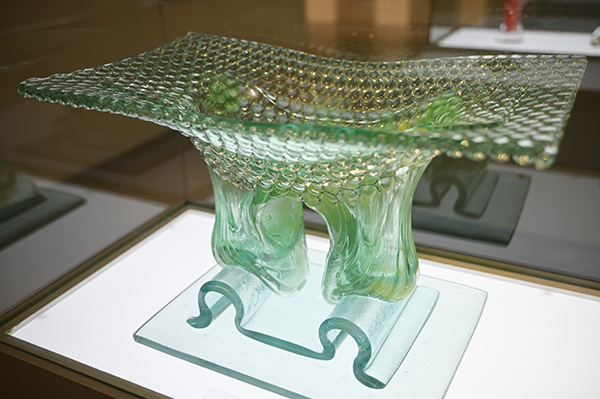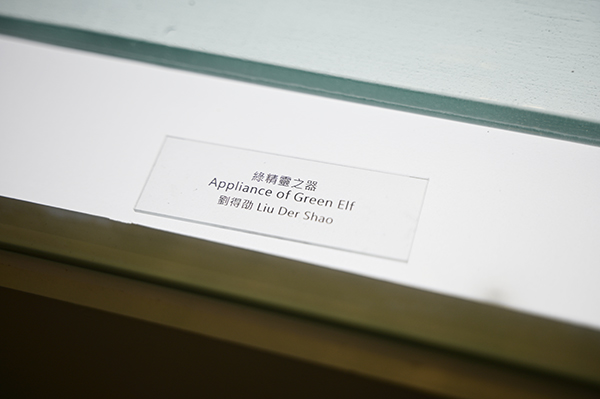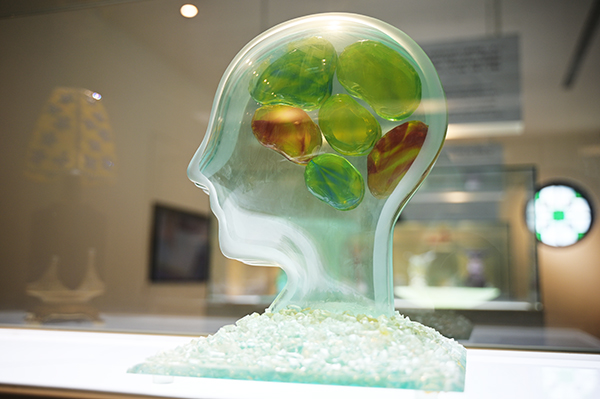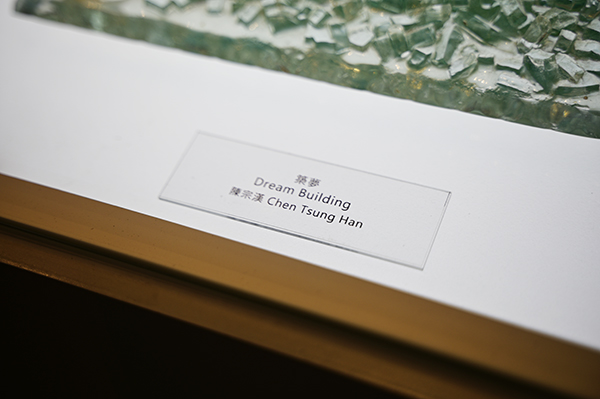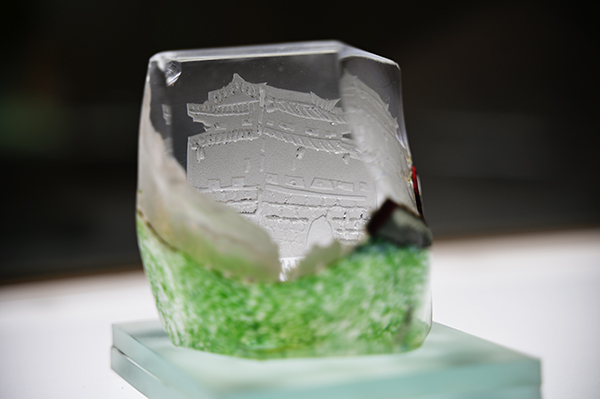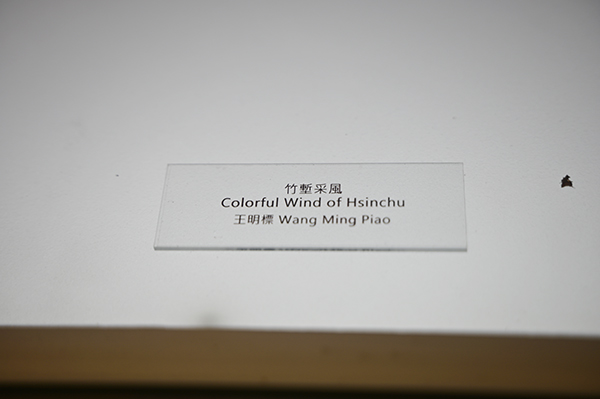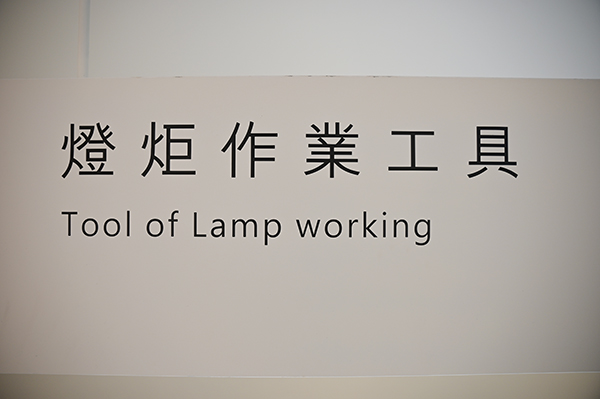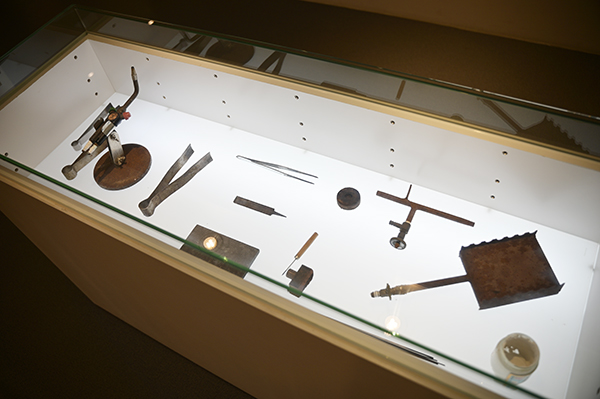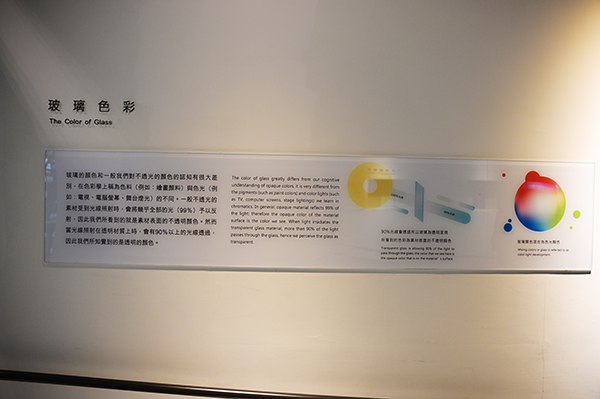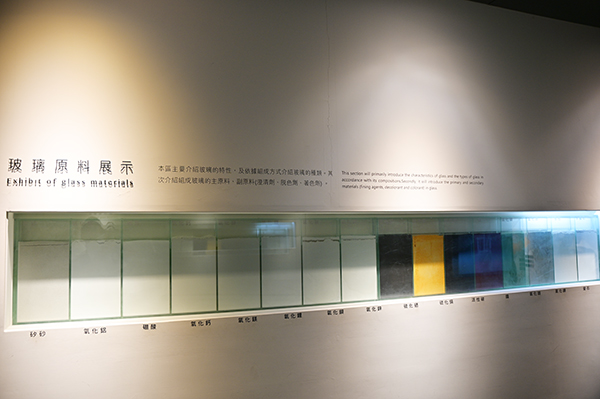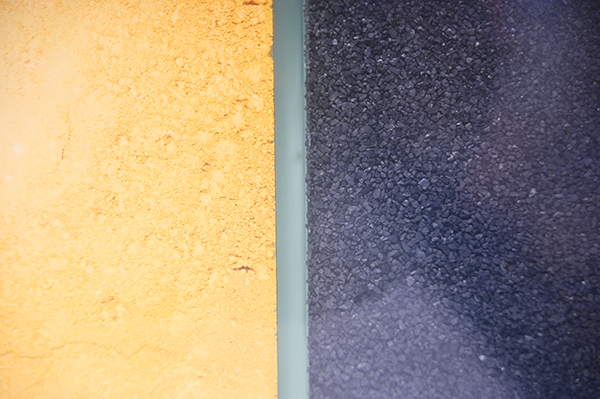 Exhibition Area
Exhibition Area
video by here
First-floor Plan
photo by our team
Special Exhibition Room 1/ Special Exhibition Room 2/ Special Exhibition Room 3
The permanent exhibition will be changed from time to time.
▪︎ Special Exhibition Room 1
video by our team
video by our team
video by our team
▪︎ Special Exhibition Room 2
photo by our team
This work that integrates Chinese culture is very exquisite and is placed in the most conspicuous place.
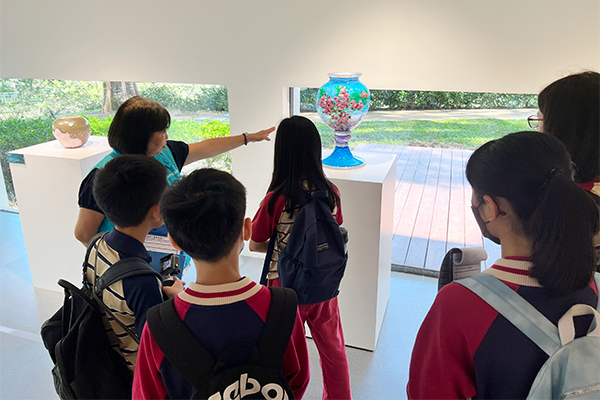
photo by our team
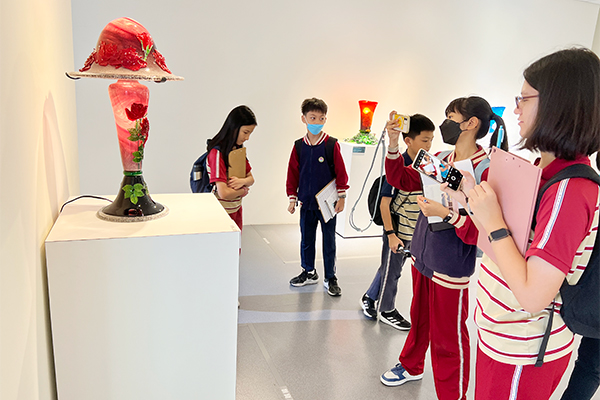
photo by our team
video by our team
▪︎ Glass Confinement Room
photo by our team
The glass confinement room was used by the gendarmerie to detain soldiers with "bad attitudes and disorderly conduct" before the museum was built as a glass factory. This confinement room was designed in cooperation with two German artists, Steghanie Juenemann and Ralf Schmitt, and the items displayed in the confinement room are all the works of Hsinchu City glass craftsmen.
Second-floor Plan
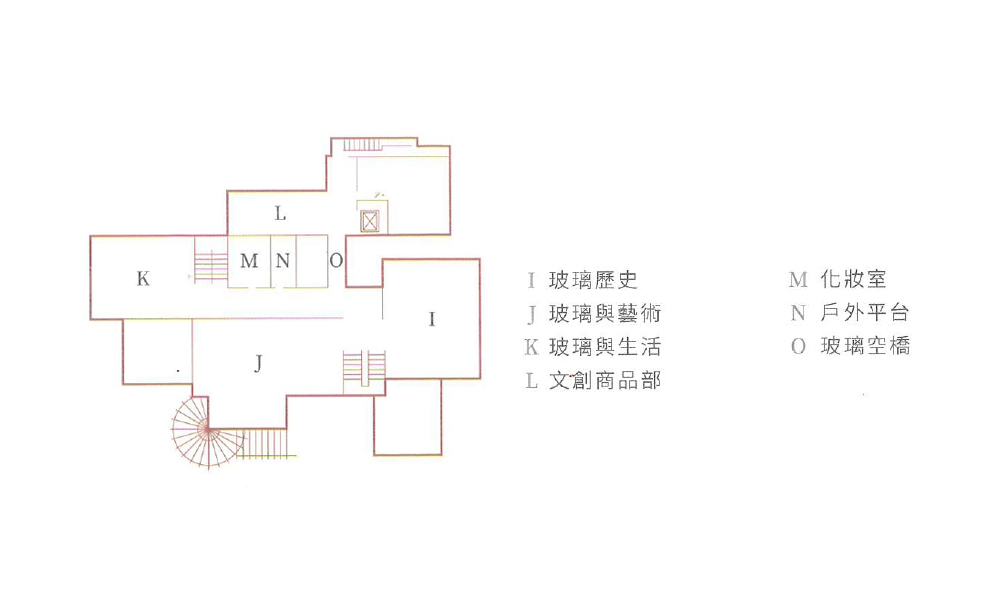
▪︎ Glass History
photo by our team
Timeline of the world's glass history
Here you can see the history of Hsinchu glass and various glass making techniques.
In 1920, the Japanese discovered that Hsinchu has a great quantity of silica sand and natural gas for glass-making.
photo by our team
photo by our team
photo by our team
After the year of 2000, Hsinchu glass industry has confronted with the shrinkage and transformation of glass factories, as a result, a majority of the factories that employed the Hoffmann kiln were closed, and a few had transformed their kilns into a small scale crucible kiln which were heated by gas or electricity to fuse glass, hence, continuing the production of glass craft and technique.
Contemporary blowing glass workshop.
photo by our team
photo by our team
▪︎ Photos of Techniques for Making Glass Crafts
Lampworking is a type of glasswork including the techniques such as core-forming, chain-looping, bead making, solid sculpted glass, hollowing techniques, etc. While using a burner to melt the glass, the artisan will take a glass cane or pipe in each hand and rotate the glass canes in the flame to fuse the glass, then they will employ techniques such as point, pull, fuse, blow, cut, and press to shape the glass form.
photo by our team
photo by our team
photo by our team
photo by our team
photo by our team
photo by our team
Glassblowing is the type of hot work that includes hand blown glass, mold-blown glass by hand, hot glass sculpting, mechanical glass pressing, mechanical glass blow-molding (steel molds), etc. Glassblowing employs a blowpipe to inflate a portion of molten glass, assisted with molds to work it into a desired shape and form.
photo by our team
photo by our team
photo by our team
photo by our team
photo by our team
photo by our team
Slumping (or sagging) is a technique that heats and softens glass in a mold made of metal, ceramic or heat-resistant plaster by using the electronic kiln, to enable the glass to sag or slump into the shape of the mold. In the slumping technique, molds and related tools are usually needed in order to assist the glass to form the desired shape in the kiln. In addition to glass, adding other ingredients like glaze, metal foils or metal wires can also generate various effects.
photo by our team
photo by our team
To create stained glass, you need to cut the colored sheet glass into various shapes, frame the pieces of glass with lead came or copper foil tape, and then solder the lead came/copper foil tape to the glass by a welding torch. Glass bonding refers to the techniques that employ adhesives, such as UV glue (ultraviolet glue/sun glue), AB glue (epoxy) and so on, to glue glass objects together.
photo by our team
photo by our team
Sandblasting refers to the technique using air compressor to blast air and abrasive medium to the surface of glass to create matt surfaces which can also produce a 3-dimensional relief effect. Engraving is a form of decorative glasswork that involves engraving a glass surface or object. Cutting geometric patterns or inscriptions into the surface of glass through abrasion by means of engraving wheels (made of stone, diamond and copper) with various sizes and shapes. The engraving lathe and handheld engravers are often used.
photo by our team
photo by our team
▪︎ Tools Needed for Glass Crafting
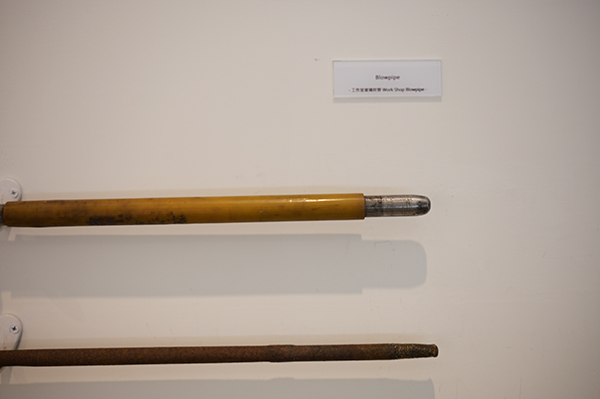
photo by our team
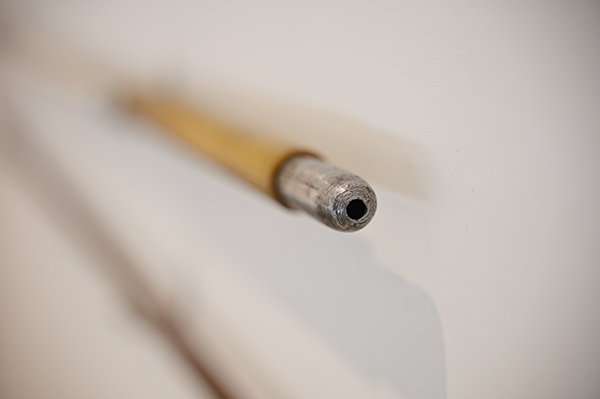
photo by our team
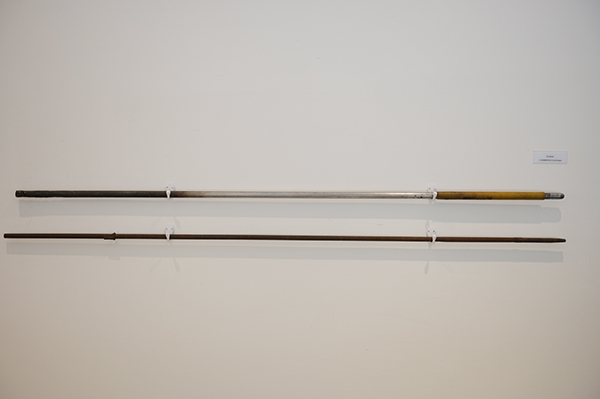
photo by our team
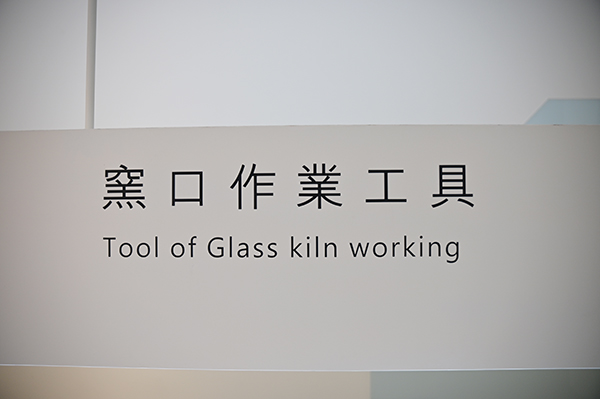
photo by our team
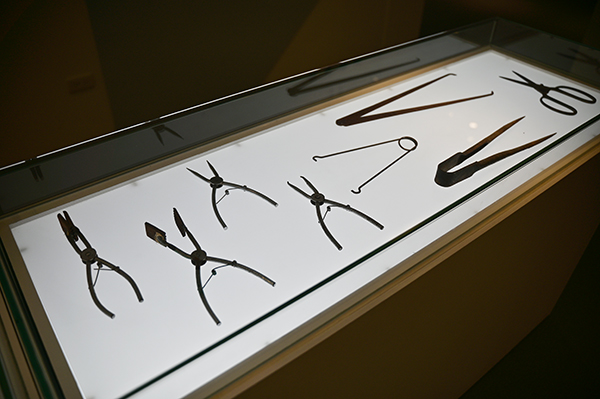
photo by our team

photo by our team
photo by our team
photo by our team
▪︎ Glass and Life
How can the recyclability of glass be used as building materials and technology research and development to create new value?
photo by our team
This wall is talking about the color of glass
video by our team
The narrator is explaining to us what the video is about.
photo by our team
Glass raw materials
photo by our team
Cadmium Sulfide / activated carbon
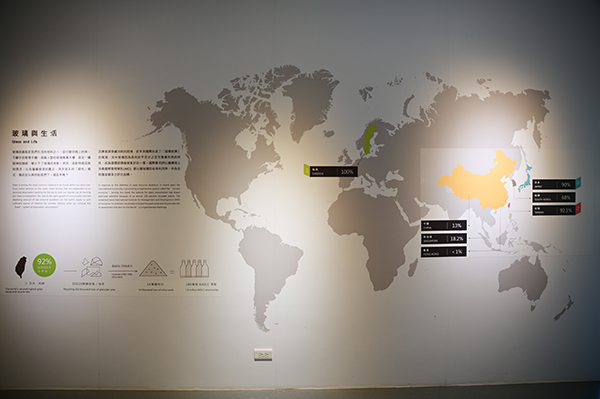
photo by our team
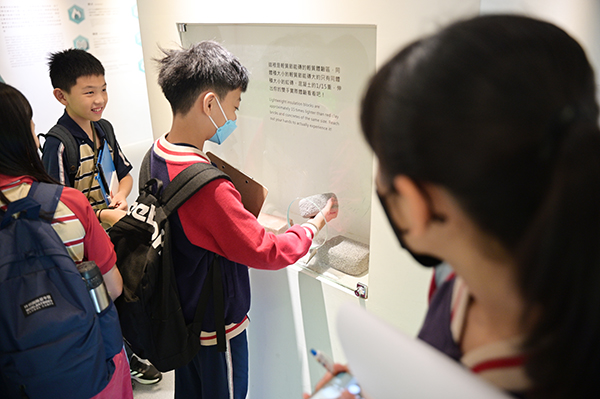
photo by our team
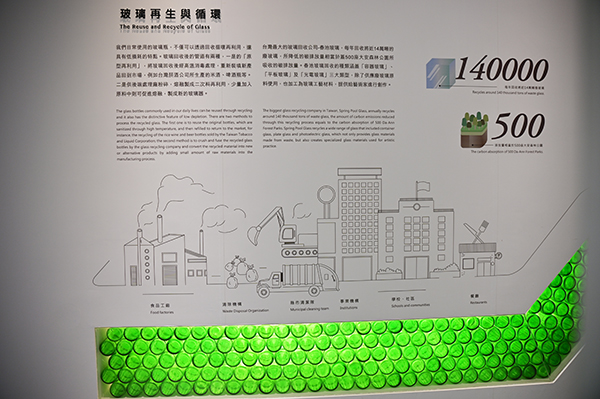
photo by our team
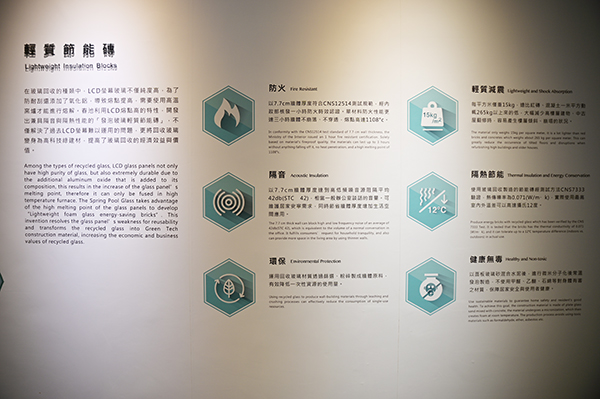
photo by our team
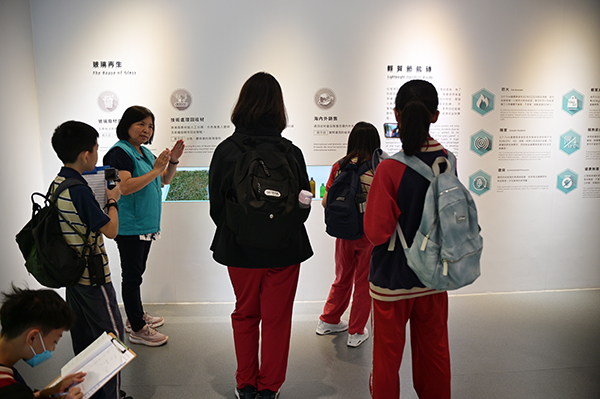
photo by our team
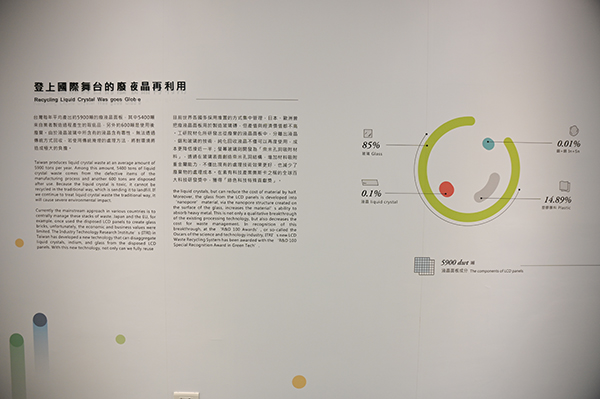
photo by our team
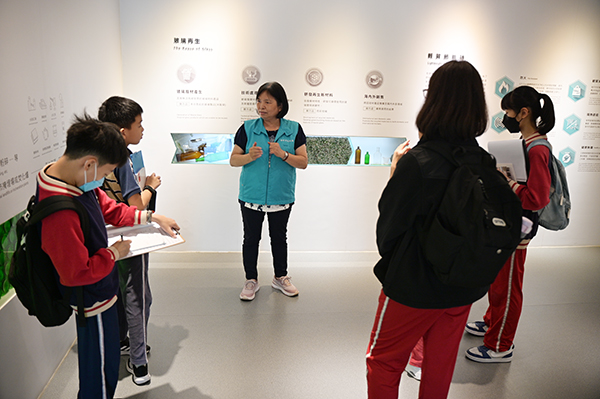
photo by our team
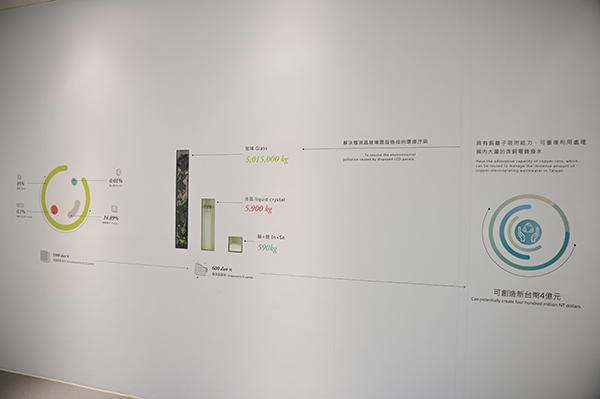
photo by our team
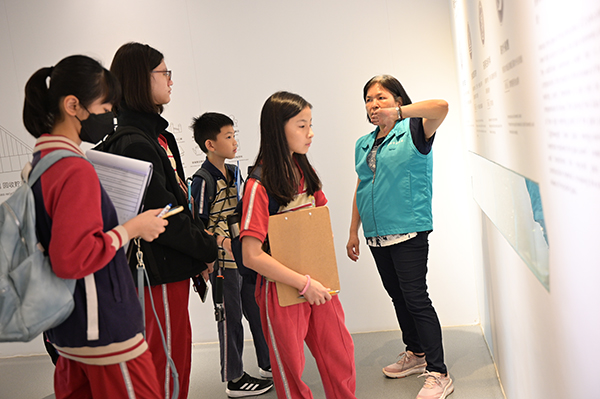
photo by our team
▪︎ Glass and Art
Works produced with different emphasis
video by our team
video by our team
video by our team
video by our team
video by our team
video by our team
There are also several glass artworks that you can touch here!
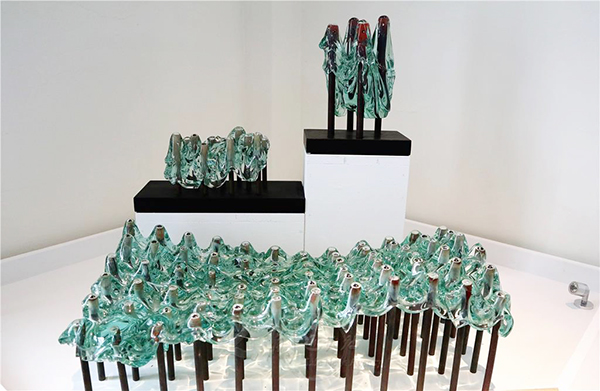
Green Crystal
The base of the artwork is made of copper pipes, using the uneven curves of the pipes in varying heights. Glass is added, and after being fired at high temperature, it fuses into the steel pipes within the base. The result is an artistic piece resembling a green sprite. This work also helps viewers understand the close relationship between glass and temperature.
photo by our team
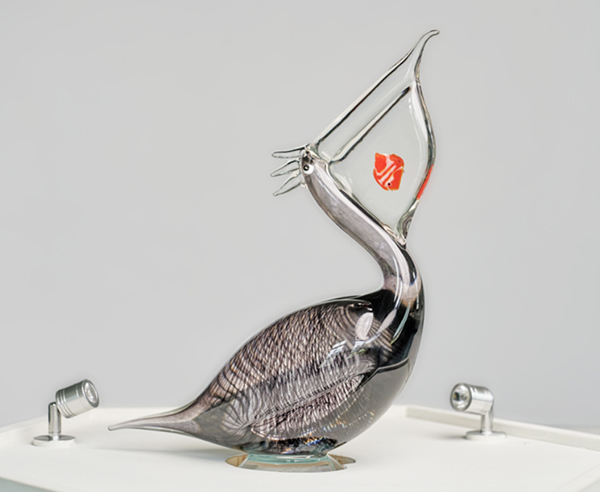
Stork
This "Stork" is actually not a "Stork" at all; it's a pelican. And instead of a baby pelican in its mouth, it has a fish, so the pelican cannot be considered a "stork" either.
photo by our team
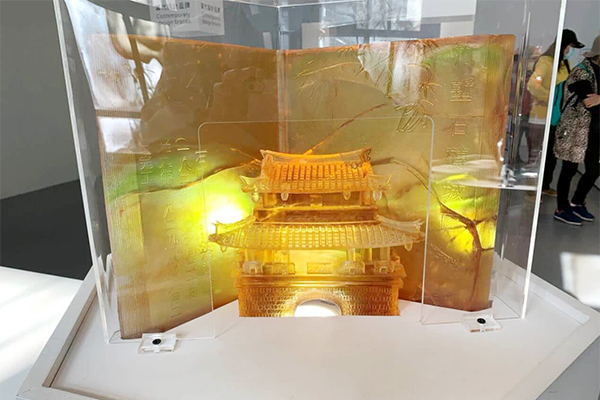
Zhuqian Stone Brick City
Its appearance is modeled after the East Gate (Yingxi Gate) in Hsinchu, and it is solid inside.
photo by our team


